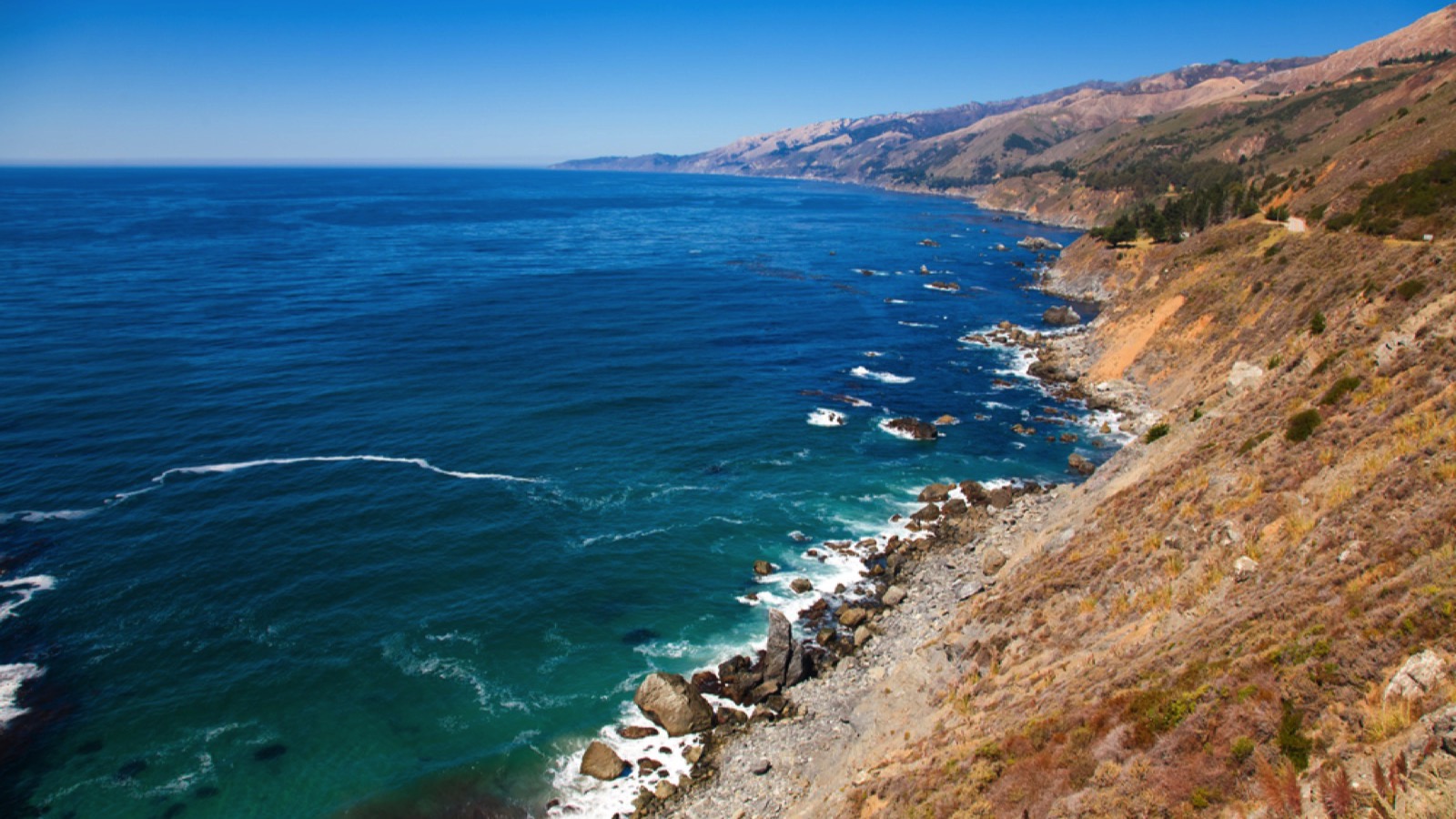

Natural disasters can strike at any time, leaving destruction in their wake. For homesteaders and preppers, understanding the factors that heighten risk during these events is crucial for survival. This list explores 15 key elements that could make you more vulnerable when nature unleashes its fury.
Living in a High-Risk Area
Your location plays a major role in your disaster risk. Coastal regions face threats from hurricanes and tsunamis. Areas near fault lines are prone to earthquakes. Flood plains experience frequent inundations. Living in these high-risk zones significantly increases your chances of encountering a natural disaster. It’s essential to know your area’s specific risks and prepare accordingly.
Poor Building Construction
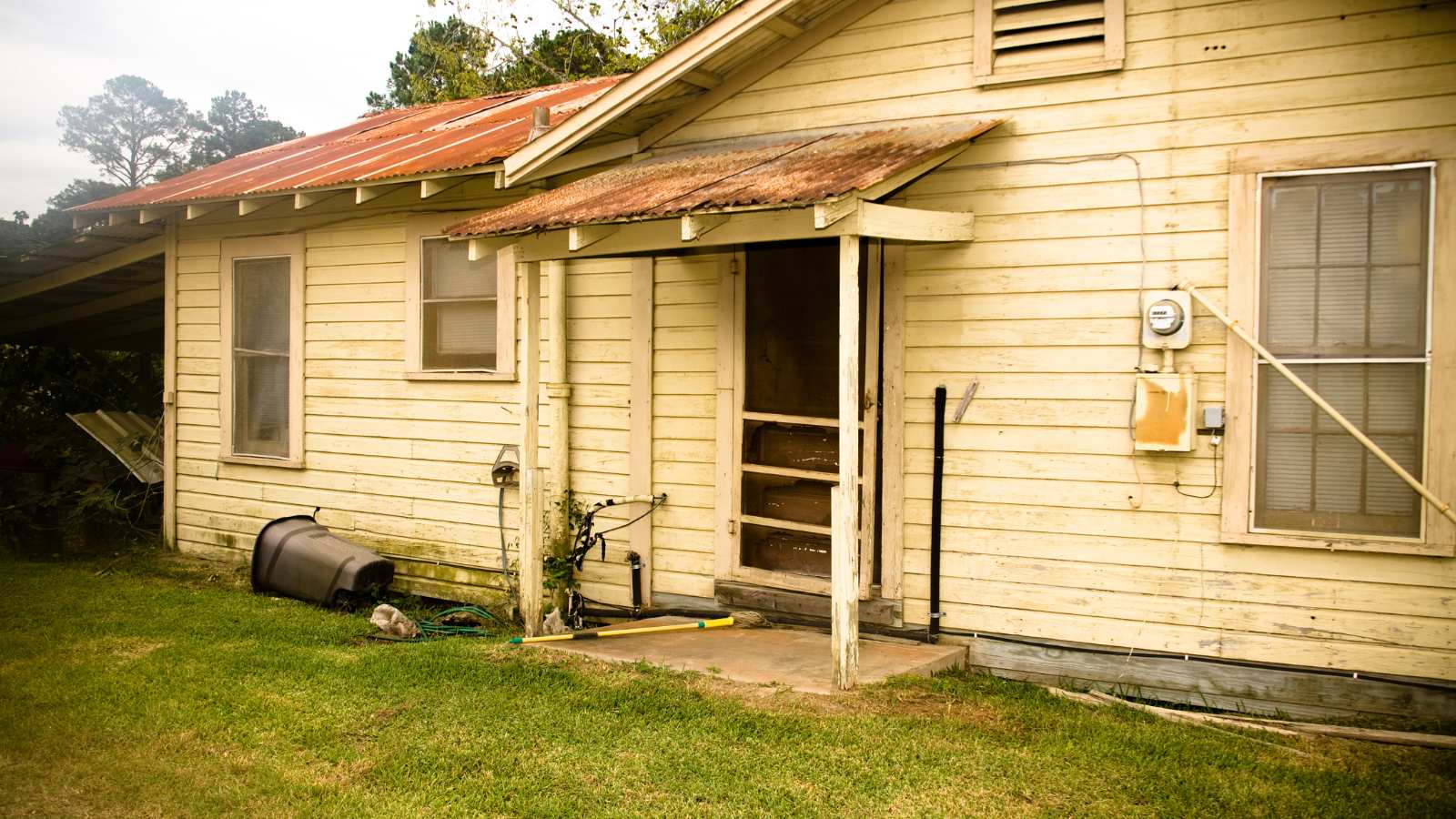
The structural integrity of your home can mean the difference between life and death. Buildings not designed to withstand local hazards are more likely to collapse or sustain severe damage. Older structures, those built with subpar materials, or homes that don’t meet current building codes are particularly vulnerable. Regular inspections and upgrades can help mitigate this risk.
Lack of Emergency Supplies
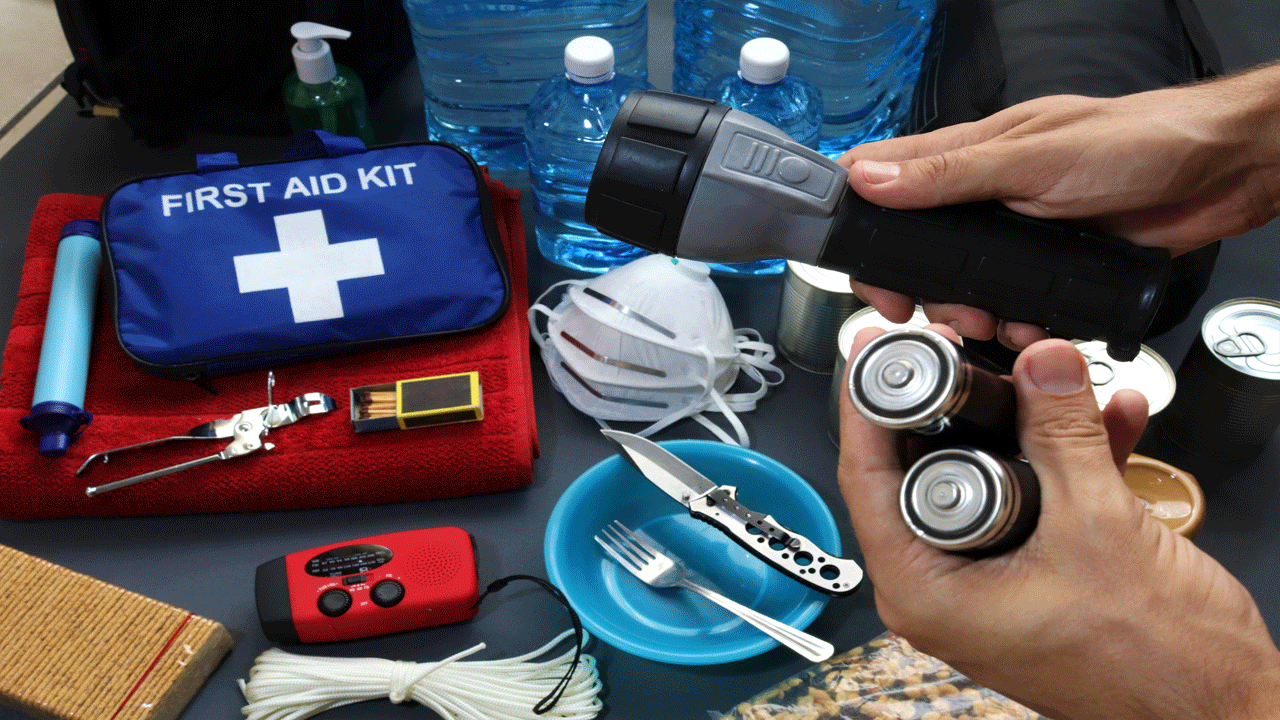
When disaster strikes, access to essentials like food, water, and medicine can be cut off. Without an adequate stockpile, you may find yourself in dire straits. Experts recommend having at least a three-day supply of non-perishable food, one gallon of water per person per day, and a well-stocked first aid kit. Don’t forget to include important medications and supplies for pets.
Ignoring Warning Systems
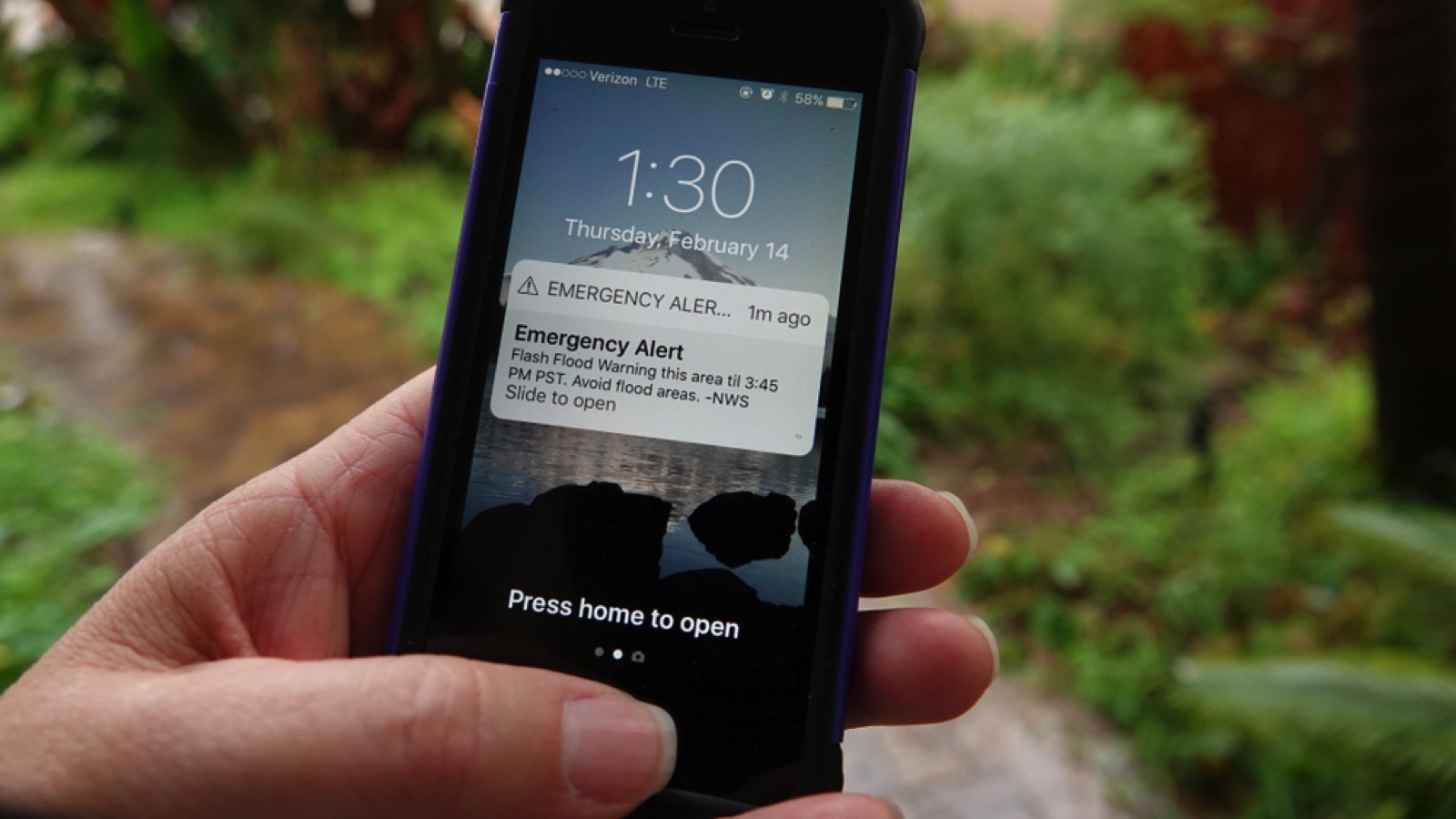
Modern technology provides us with advanced warning for many types of disasters. However, these systems are only effective if heeded. Ignoring evacuation orders, severe weather alerts, or other warnings can put you in harm’s way. Stay informed about local alert systems and take them seriously when activated.
Limited Mobility

Physical limitations can make it challenging to evacuate quickly or navigate hazardous conditions. This includes disabilities, age-related issues, or temporary injuries. Having a support network and a detailed evacuation plan that accounts for these limitations is crucial. Consider keeping mobility aids in easily accessible locations.
Lack of Insurance Coverage

While insurance can’t prevent disasters, it can provide a financial safety net for recovery. Many homeowners are underinsured or lack coverage for specific disasters like floods or earthquakes. Review your policy regularly and consider additional coverage for risks specific to your area. This financial preparation can make a significant difference in your ability to rebuild and recover.
Poor Community Planning
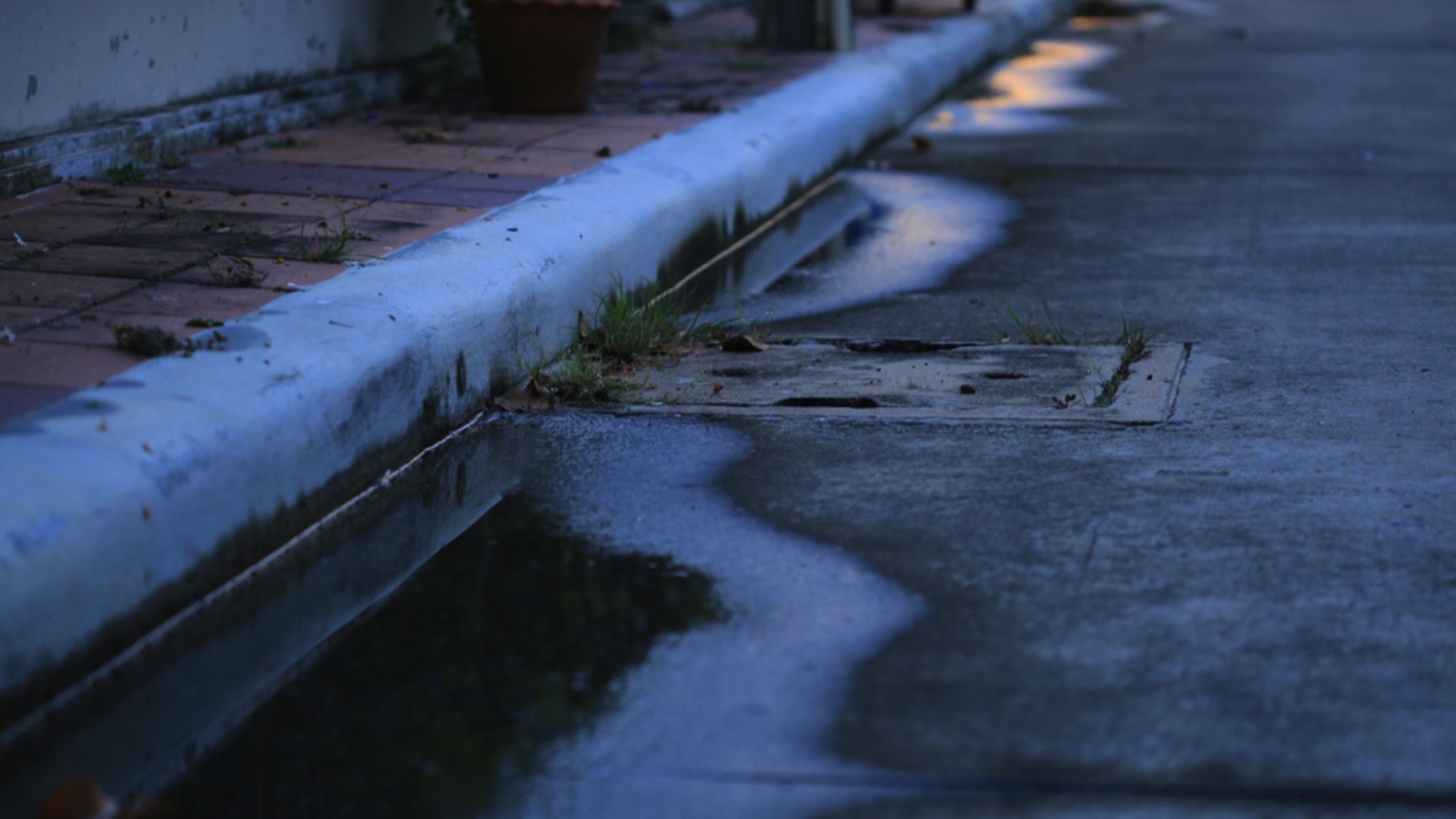
Inadequate infrastructure and poorly designed communities can amplify disaster impacts. Insufficient drainage systems increase flood risk. Lack of firebreaks makes wildfires more devastating. Limited evacuation routes can trap residents. While individual preparedness is crucial, community-level planning plays a vital role in overall disaster resilience.
Environmental Degradation
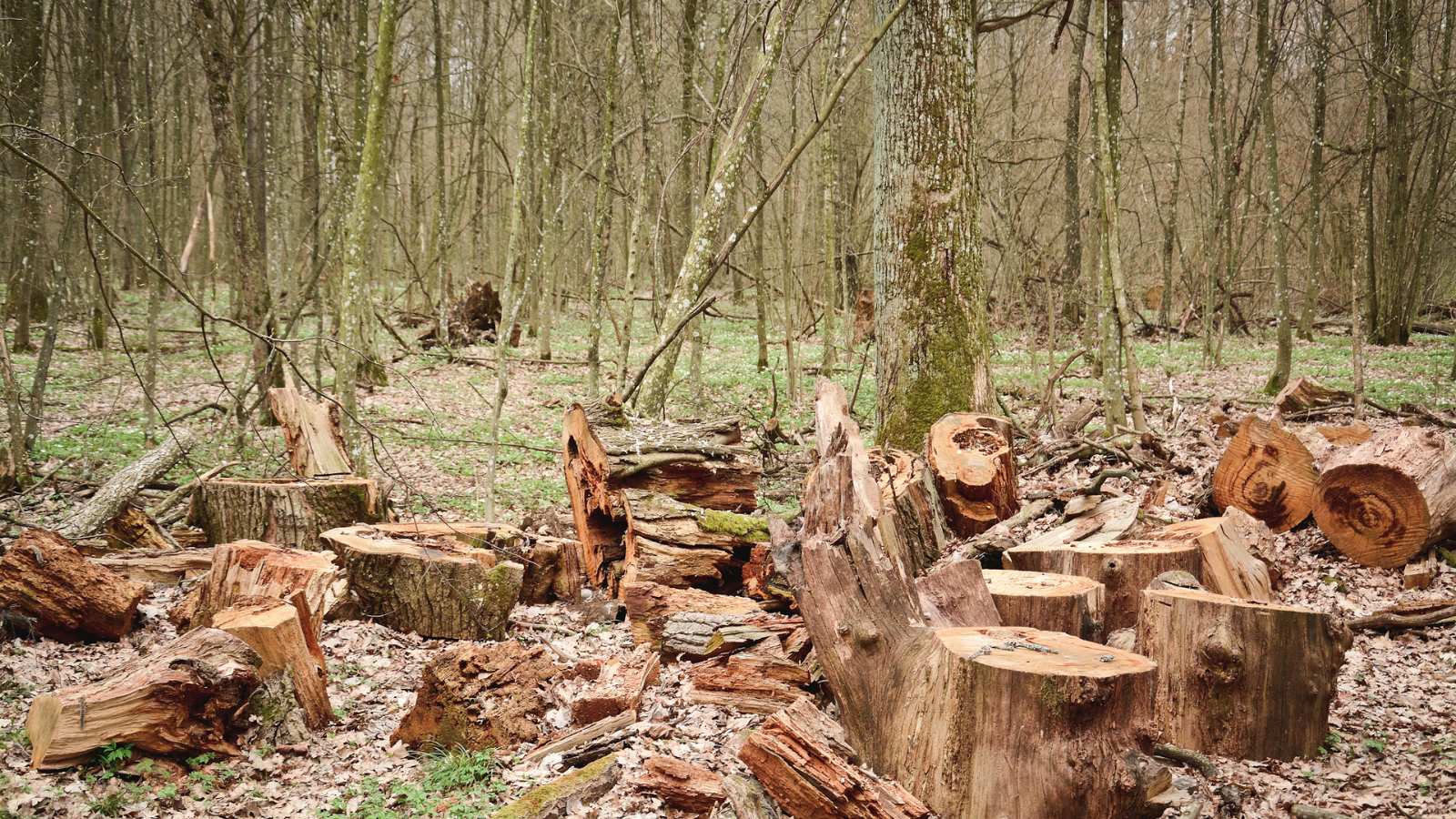
Human activities that damage the environment can exacerbate natural disasters. Deforestation increases the risk of landslides and flooding. Wetland destruction removes natural flood barriers. Climate change is intensifying weather-related disasters. Understanding these connections can help inform both personal and community-level preparedness strategies.
Limited Access to Information
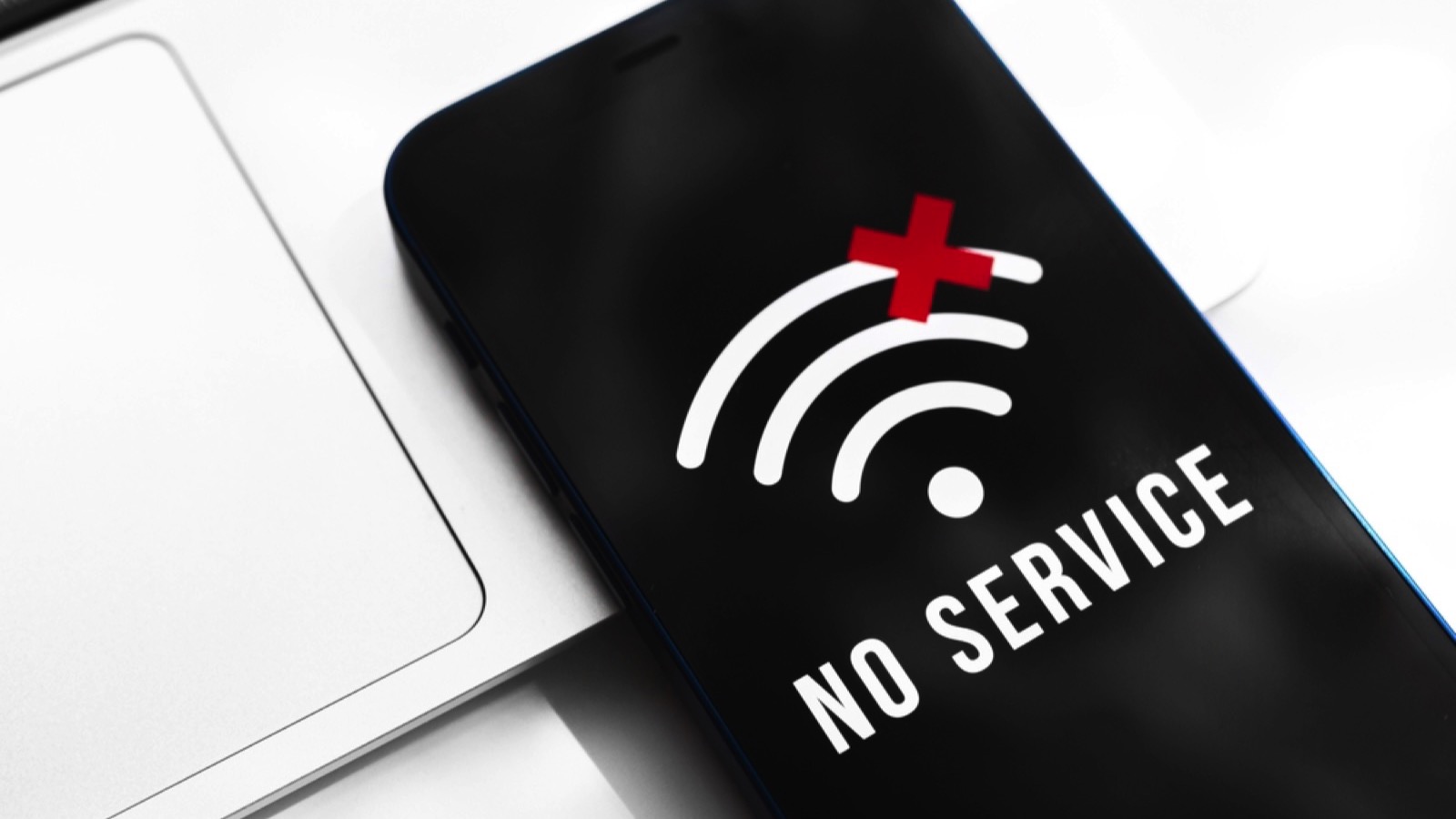
In our digital age, lack of access to up-to-date information can be dangerous. This could be due to power outages, network failures, or not having battery-powered devices. A hand-crank radio can be a lifeline for emergency broadcasts. Consider having multiple ways to receive information during a crisis.
Overreliance on Technology

While technology can be helpful, overreliance can be risky. GPS systems may fail, cell networks can become overloaded, and electronic payment systems might be unavailable. Maintain analog skills like map reading and keep some cash on hand. These old-school methods can be invaluable when modern conveniences fail.
Lack of Community Connections
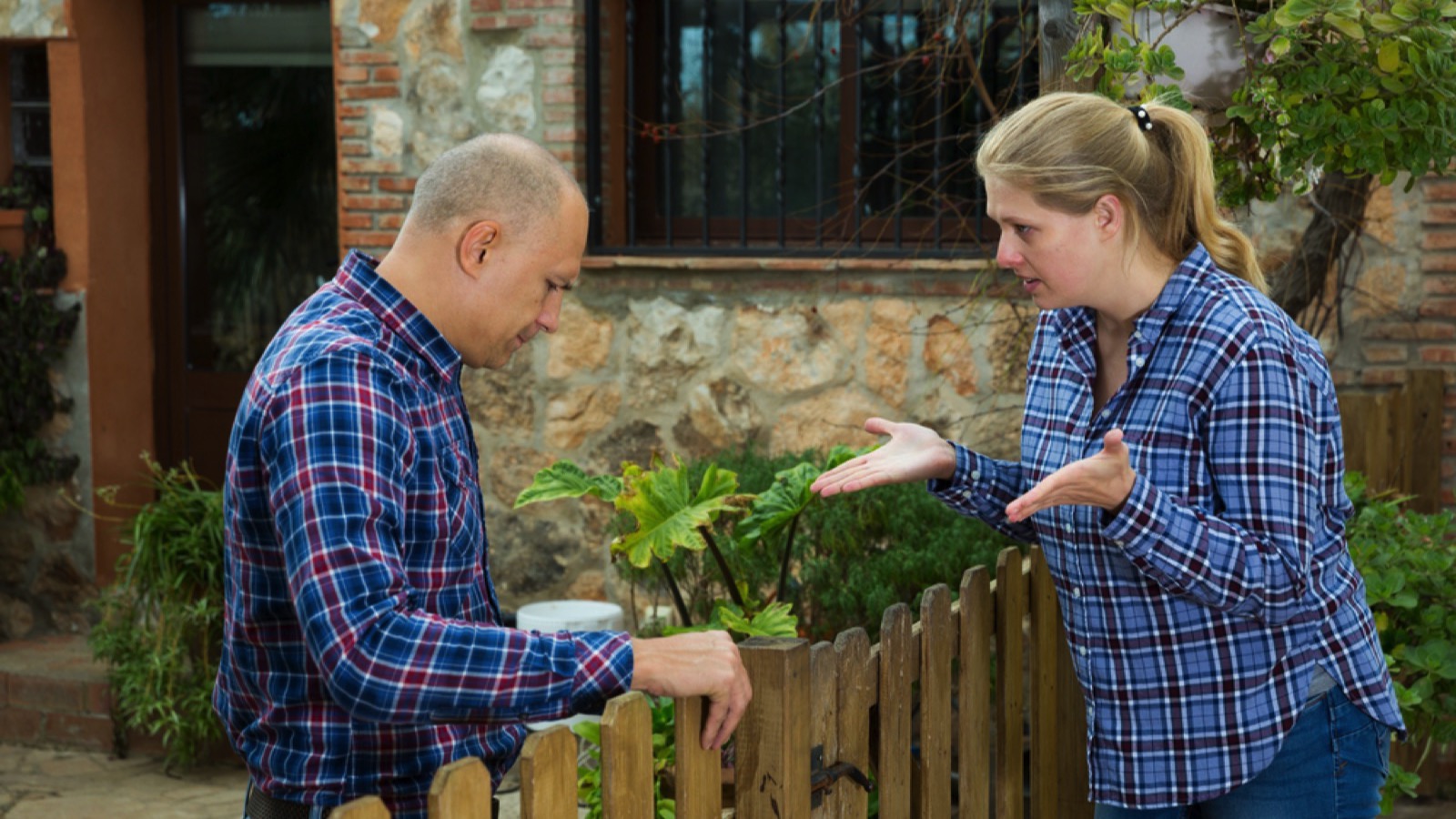
Knowing your neighbors and being part of a tight-knit community can be a significant asset during disasters. Isolated individuals may lack immediate help or shared resources. Building strong community ties can provide an informal support network when official systems are overwhelmed.
Failure to Practice Emergency Plans
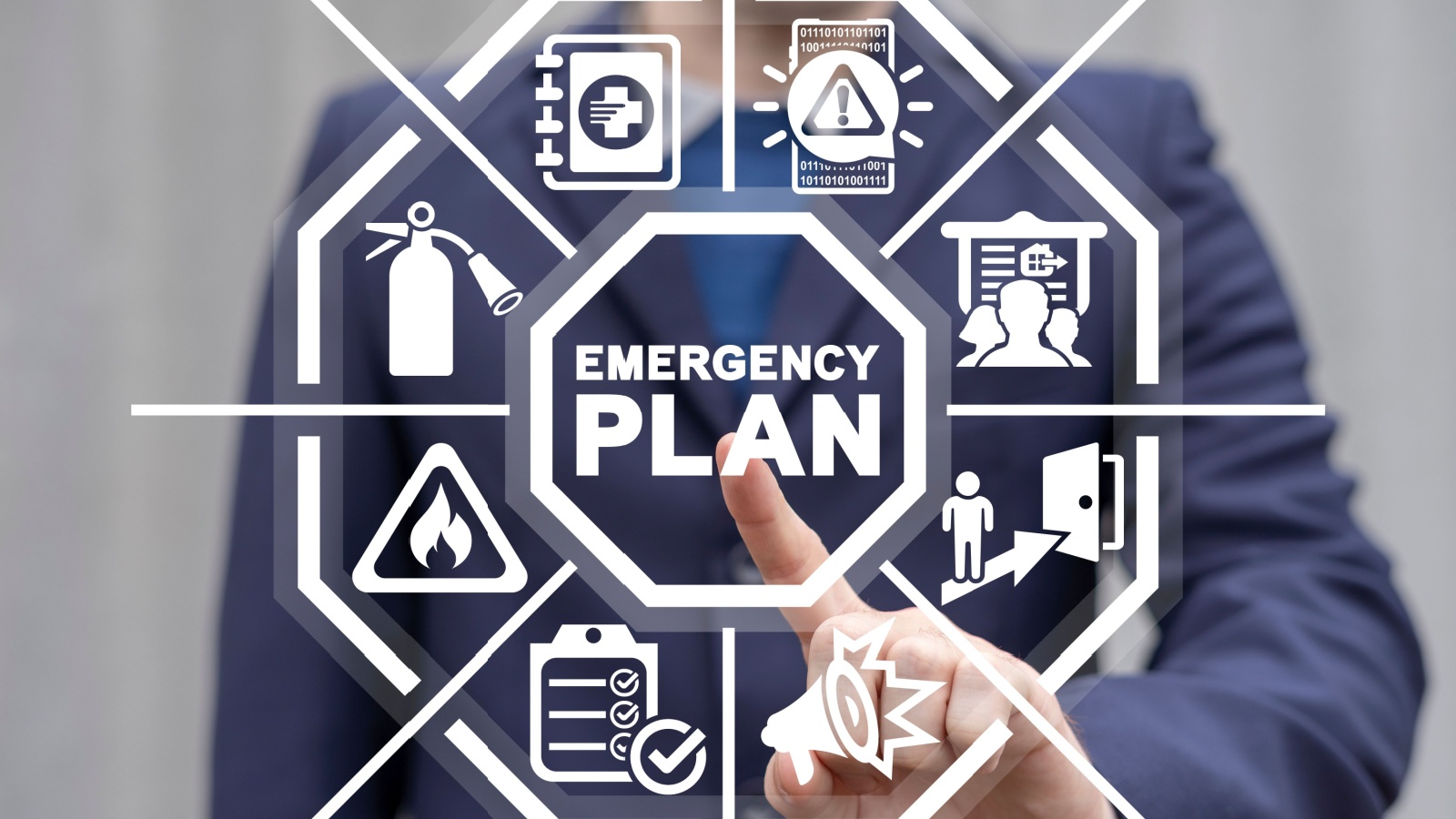
Having an emergency plan is crucial, but it’s equally important to practice it regularly. Unpracticed plans can fall apart under stress. Regular drills help identify weaknesses in your strategy and ensure everyone knows their role. This is especially important for families with children or elderly members.
Ignoring Mental Health Preparedness
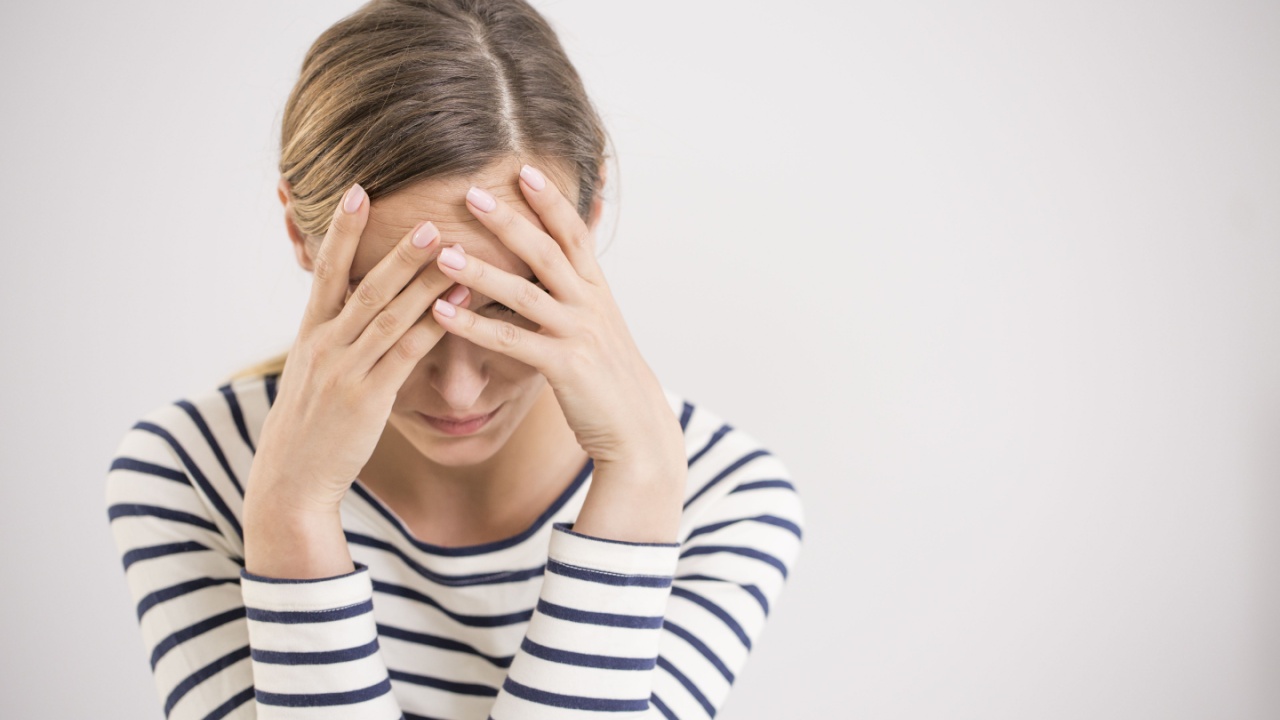
The psychological impact of disasters is often overlooked in preparedness plans. Stress, anxiety, and trauma can significantly affect decision-making and recovery. Including mental health considerations in your preparedness strategy, such as stress management techniques or contact information for support services, can be crucial for long-term resilience.
Neglecting Vehicle Maintenance

Your vehicle might be your lifeline during an evacuation. A poorly maintained car can break down at the worst possible moment. Regular maintenance, keeping the gas tank at least half full, and having an emergency kit in your vehicle are essential preparedness steps. Don’t forget to plan for alternative transportation in case your primary vehicle is unavailable.
Overlooking Hygiene and Sanitation

In the aftermath of a disaster, poor sanitation can lead to disease outbreaks. Many people overlook the importance of hygiene supplies in their emergency kits. Stock up on items like hand sanitizer, soap, and feminine hygiene products. Know how to purify water and dispose of waste safely if regular systems are disrupted.
Best Hunting Rifles of the Last 50 Years
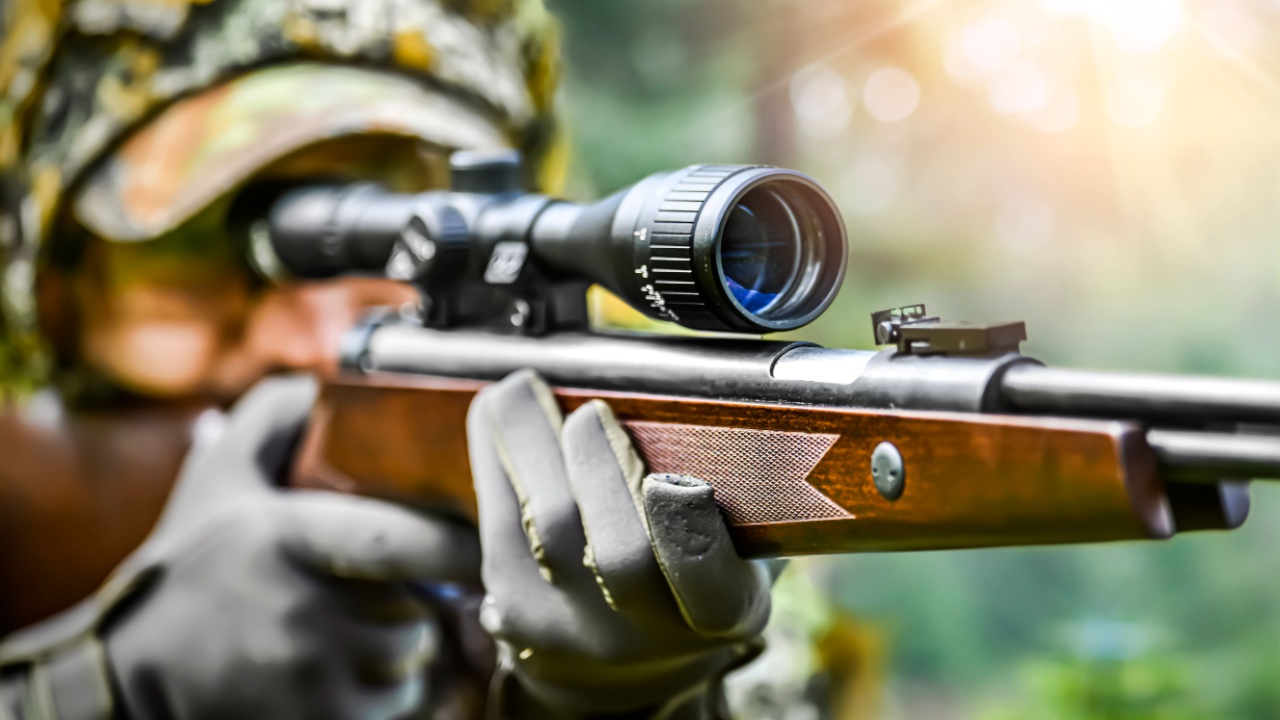
Choosing the “best” hunting rifle is a pretty personal thing. We all have different opinions and preferences on what we like to hunt with. But still, over the last 50 years, there have been some remarkable weapons. Over the past half-century, the evolution of hunting rifles has seen so many innovations, catering to a wide range of needs from the casual deer hunter to the adventurous big-game enthusiast. What’s your favorite hunting rifle? Which weapons deserve a spot on this list?
14 Most Versatile Hunting Cartridges

With almost 16 million hunters in the United States, and with such a huge range of game to hunt, the right rifle and the best cartridge is critical. We have some of the most diverse ecosystems on the planet, with animals ranging from tiny squirrels to gigantic moose. The cornerstone of a successful hunt lies in the hunter’s skill and knowledge but also in the choice of ammunition. The right cartridge can make all the difference, offering the power needed for a clean, humane kill without compromising the quality of the game.
38 Things Every Prepper Should Stockpile That Aren’t Water, Food, or Weapons

This list extends beyond the basic survival trio of water, food, and weapons. It’s a given that we need to stock up on water, food, and a way to defend ourselves and what we have. But what other things will you need in a survival situation? None of us truly knows what TEOTWAWKI will really look like, although most of us have theories we think most likely. But whatever the situation is, there are certain supplies that it just makes sense to have on hand, aside from the obvious trio I mentioned above.

